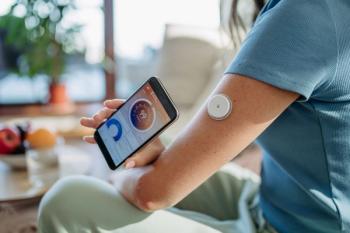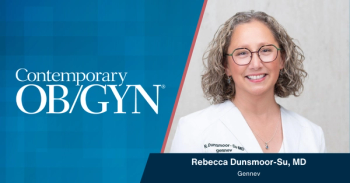Data published in JAMA Network Open has highlighted significant disruptions to abortion care even in states without restrictions following the Dobbs v Jackson Women’s Health Organization Supreme Court decision.1
Since the Dobbs decision, geographic distance has been reported as a significant barrier to accessing abortion care. This often delays care and increases cost, preventing some patients from accessing abortion entirely. To alleviate these issues, many patients rely on telehealth services to receive medication abortion.
Key takeaways:
- A study found a 2-fold increase in telehealth medication abortion (teleMAB) requests after the Dobbs decision.
- Researchers analyzed data from 18 states and 743 counties with legal access to teleMAB services.
- Counties located 100 miles or more from an abortion clinic showed the highest teleMAB request rates.
- Most teleMAB requests occurred within the first 6 weeks of pregnancy, indicating early care-seeking behavior.
- Experts emphasized that telehealth abortion plays a critical role in overcoming geographic and legal barriers to reproductive care post-Dobbs.
“While the surge in [telehealth medication abortion (teleMAB)] is well documented, the extent to which distance from a brick-and-mortar abortion clinic relates to this demand in states that permit abortion post-Dobbs remains unclear,” wrote investigators.
Study evaluates the impact of distance on telehealth abortion requests
The cross-sectional study was conducted to evaluate changes in teleMAB requests before and after the Dobbs decision, alongside the link between request rates and distance to an abortion clinic. Data was obtained from 18 states with legal access to teleMAB before and after Dobbs.
TeleMAB requests were measured per county and month, with population-weighted county centroids used to determine the distance to the nearest abortion facility. Federal Information Processing Standards codes were matched to patient records based on zip code and county name data from the Housing and Urban Development United States Postal Service.
Across 18 states and 743 counties, 16,154 teleMAB requests to patients aged a median of 26 years were reported by AidAccess. Of these:
- 59.8% were under 6 weeks’ gestation
- 58.8% had no children.
- 4545 were pre-Dobbs
- 11,609 were post-Dobbs.
Increase in telehealth abortion demand reported
All counties reported increases in the rate of teleMAB requests following the Doobs decision, from 2.4 per 100,000 women aged 15 to 44 years per months to 4.5 per 100,000. In patients living further from brick-and-mortar facilities, greater increases were reported.
Counties located 100 miles or more from an abortion facility had the most significant teleMAB request rate, with a 13% increase per capita pre-Dobbs and 8% increase post-Dobbs. Investigators noted these rates are not statistically different from each other.
Overall, these results highlighted a 2-fold increase in monthly teleMAB requests post-Dobbs, most of which occurred within the first 6 weeks of pregnancy. Investigators concluded abortion access has been significantly disrupted by the loss of federal protection, even in states with robust service provision.
“Our results highlight the critical role of teleMAB in reducing geographic barriers to care and underscore the need to expand teleMAB access nationwide,” wrote investigators.
Broader consequences for pregnancy care
The Dobbs decision has also been linked to substandard pregnancy care, as discussed by Katrina Kimport, PhD, professor in the Advancing New Standards in Reproductive Health program at the University of California, San Francisco, in an interview with Contemporary OB/GYN.2
According to Kimport, patients severely impacted by these restrictions include those with previous medical conditions, pregnancy-related complications, and those facing inevitable fetal or infant death. These patients were significantly more likely to experience preventable and severe health consequences because of substandard care linked to abortion restrictions.
“Restrictive post-Dobbs laws prevented [clinicians] from being able to offer the treatment that they knew would prevent these health harms to their patients,” said Kimport.












